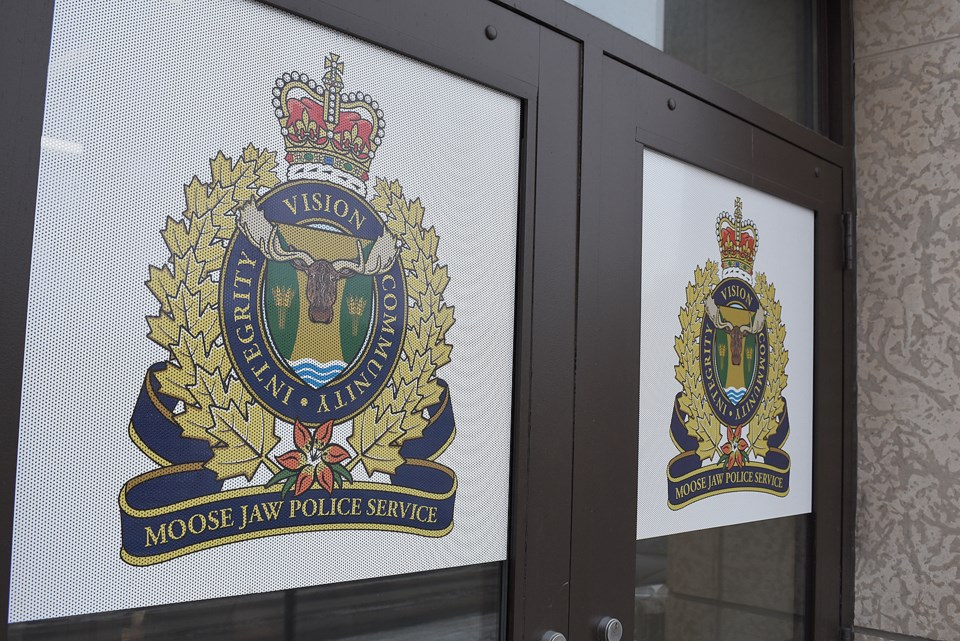The Moose Jaw Police Service has seen a nearly 300-per-cent increase in the number of methamphetamine charges this year over last year, with most cases driven by police activity.
New data shows that police have charged 18 people with meth offences this year compared to five during the same time last year. This represents an increase of 260 per cent.
This rise results from officers conducting investigations and encountering the drug during regular enforcement activities such as making arrests, Police Chief Rick Bourassa said during the Sept. 14 Board of Police Commissioners meeting. Even without arresting people, though, the police agency knows that this drug is prevalent and thriving in Moose Jaw and across Canada.
There were similar numbers of cases related to crystal meth from January to April of this year as there were last year, but once the pandemic restrictions eased, those numbers shot up in June and July, said Const. Taylor Mickleborough. The lifting of restrictions allowed police to interact with more people and conduct more enforcement, where most charges happened.
From June 1 to Sept. 14, Moose Jaw cops seized 1,100 grams of crystal meth, including 800 grams from one project alone, he continued. Anecdotally, Mickleborough knows that most meth comes into police possession after they arrest suspects and find one or two small baggies on the persons.
Meanwhile, Moose Jaw police recently worked with the Regina Police Service and helped seize 3,311.45 grams of cocaine, 758.63 grams of methamphetamine, and 20,000 unstamped illicit cigarettes. Police also seized multiple scales, cell phones, packaging and other items allegedly used in drug trafficking.
“It’s definitely out there,” added Mickleborough.
While seizing meth is important, preventing its use or production is just as important, Bourassa said. He pointed out that a crystal meth strategy committee is working in Moose Jaw to educate residents about this drug.
Mary Lee Booth, a commissioner on the police board and spokeswoman for the crystal meth committee, explained that the organization’s mandate is prevention and awareness, as well as halting meth usage before it starts.
One step the strategy committee took was to create a video in the spring that featured two people in recovery telling their story; that video launched in June.
Booth expressed surprise at how people from British Columbia and Ontario have contacted her about the video, while the committee has also received numerous inquiries from people with relatives struggling with meth. As well, she was shocked to hear that a grandma — a woman her age — was hooked on this drug.
The strategy committee plans to hold workshops this fall to help parents talk to their kids about meth and other drugs, while the organization plans to launch another meth-related video in November.
“We’re excited about the fall,” agreed Supt. Devon Oleniuk, the committee’s police liaison, noting the group wants to give parents insight and tools to address this issue and help them uncover any issues in their homes.
Three reasons why people abuse crystal meth is because it’s inexpensive, it creates an intense high that lasts four to 12 hours, and it’s easy to make using simple household ingredients, said Booth. It’s such a powerful drug that people can become addicted immediately after one use.
“At one time … it used to come from Mexico and California — the clandestine labs. But people are (now) making it in their own homes, garages, basements and even the trunk of their cars,” she added.
“(It’s) easily accessible, and you never know what you’re getting,” echoed Oleniuk.




